First sight in the morning. It broke my heart. I would have loved to scoop it up and say come on home baby we will fix you up and restore you beauty. I guess if I ever have a favourite car it will be of this type.
A broken home close to the street I am in. It just looked so battered one wonders why none had a heart and knocked it down.
A old New Orleans streetcar. They are quite fun and add to the city's charm.
The French Quarter has a vivid street life happening at every corner. The Quarter just seems to ooze Blues, History and Mystery. Not writing that cause it rhyme's! ;)
The State of Louisiana: Its capital is Baton Rouge and largest city is New Orleans. Louisiana is the only state in the U.S. with political subdivisions termed parishes, which are local governments equivalent to counties. The largest parish by population is Jefferson Parish, and the largest by land area is Cameron Parish.
Some Louisiana urban environments have a multicultural, multilingual heritage, being so strongly influenced by an admixture of 18th century French, Spanish and African cultures that they have been considered somewhat exceptional in the U.S.
Before the American influx and statehood at the beginning of the 19th century, the territory of current Louisiana State had been a Spanish and French colony. In addition, the pattern of development included importing numerous Africans in the 18th century, with many from the same region of West Africa, thus concentrating their culture.
Friar Antonio de Sedella came to New Orleans around 1774 with the Spanish Inquisition in Louisiana. Never an enthusiastic inquisitor, over the course of a few years, Father Sedella became the beloved Pere Antoine, the pastor of the (then) St. Louis Church. He baptized Marie Laveau, performed her wedding ceremony, and together with her did much for the imprisoned, as well as the slave population, in New Orleans. They worked tirelessly to free women of color and their children. The church burned in the great fire of 1788, and a new church was completed in 1794, designated this time as a cathedral. Pere Antoine was pastor until his death in 1829, and was particularly loved among the poor.
A pretty Sign for a shop selling - well you see it for yourselves. Who would have thought you can make a living with something my granny call's dust collectors.
New Orleans:
The city is named after Philippe II, Duc d'Orléans, Regent of France, and is well known for its distinct Spanish architecture, as well as its cross cultural and multilingual heritage.
Since the streets of the French Quarter are quite narrow buses are not allowed - some roads are closed for vehicles altogether and there are heaps of one ways. So carriages are quite a neat way to get around.
New Orleans is also famous for its cuisine, music (particularly as the birthplace of jazz), and its annual celebrations and festivals, most notably Mardi Gras. The city is often referred to as the "most unique" city in America.
The French Quarter, also known as Vieux Carré, is the oldest and most famous neighborhood in the city of New Orleans. When New Orleans (La Nouvelle Orléans in French) was founded in 1718 by Jean-Baptiste Le Moyne de Bienville, the city was originally centered on the French Quarter, or the Vieux Carré ("Old Square" in French) as it was known then.
While the area is still referred to as the Vieux Carré by some, it is more commonly known as the French Quarter today, or simply "The Quarter." The district as a whole is a National Historic Landmark, and contains numerous individual historic buildings. It was affected relatively lightly by Hurricane Katrina in 2005, as compared to other areas of the city and the region as a whole.
Jackson Square (formerly Place d'Armes), originally designed by architect and landscaper Louis H. Pilié (although he is only given credit for the iron fence), is an open park the size of a city-block located at the center of the French Quarter.
After the Battle of New Orleans it was named after victorious general Andrew Jackson; an equestrian statue of Jackson is in the center of the park. Special about this particular statue is that it is apperantly the first one worldwide which had more than one hove not attached to the main base.
Note all the Madi Grass Beads hanging down the balcony. You can finde these Beads everywhere.
Letterboxes like I've never seen them before.
Pretty ey?
My favourite place in the French Quarter.
A little hidden secret garden.
A place of peace and quiet to refocuse.
so fresh, so vibrant
Many of the buildings date from before New Orleans became part of the United States, although there are some late 19th century and early 20th century buildings in the area as well.
Since the 1920s the historic buildings have been protected by law and cannot be demolished, and any renovations or new construction in the neighborhood must be done according to regulations to match the period historic architectural style.
Detail - everything goes in the Big Easy.
Most of the French Quarter's architecture was built during the Spanish rule over New Orleans. The Great New Orleans Fire (1788) and another great fire in 1794 destroyed most of the Quarter's old French colonial architecture, leaving the colony's new Spanish overlords to rebuild it according to more modern tastes—and strict new fire codes, which mandated that all structures be physically adjacent and close to the curb to create a firewall.
Cute 'lil house.
The old French peaked roofs were replaced with flat tiled ones, and now-banned wooden siding with fire-resistant stucco, painted in the pastel hues fashionable at the time. As a result, colorful walls and roofs and elaborately decorated ironwork balconies and galleries from both the 18th century and 19th centuries abound.
(In southeast Louisiana, a distinction is made between "balconies", which are self supporting and attached to the side of the building, and "galleries" which are supported from the ground by poles or columns.)
The banner says: ANNOUNCING HELL FROZEN OVER + PIGS FLYING
Long after the U.S. purchase of Louisiana, Francophone creole descendants of French and Spanish colonists lived in this part of town, and the French language was often heard there as late as the start of the 1920s.
When Anglophone Americans began to move in after the Louisiana Purchase, they mostly built just upriver, across modern day Canal Street. Canal Street became the meeting place of two cultures, one francophone creole and the other anglophone American. (Local landowners had retained architect and surveyor Barthelemy Lafon to subdivide their property to create an American suburb).
The median of the wide boulevard became a place where the two contentious cultures could meet and bilingually do business. As such, it became known as the "neutral ground", and this name persists in the New Orleans area for medians.In the late 19th century the Quarter became a less fashionable part of town, and many immigrants from southern Italy and Ireland settled in the section. In the early 20th century the Quarter's cheap rents and air of age and neglected decay attracted a bohemian and artistic community.
A fancy little cafe.
Brave 'lil man holding up the flag in this weather.
The French Market is a market and series of commercial buildings. It stretches just inland from the Mississippi River in the section of the French Quarter downriver from Jackson Square, with the famous Café du Monde at the upriver end, down to the flea market stalls across from the New Orleans Mint building.
While part of this space has been dedicated as a market since 1791 the oldest structures in the market date to about 1813. Major renovations were done in the 1930s.
A nicely done up "Gangsta" car.
A souvenier shop.
Street act.
The CBD ascending in fog as water perls down on us.
The mighty Mississippi River:
Guy is doing well. Has two nails at the bottom of the ladder to stady it.
Took a qick snap and was moving along since I had no change for a tip which the guy took serious offence in. While I was moving on he was shouting after me. Well should I have asked him to break a twenty for me or what?
A Voodoo House - yeah, sure.
It is Voodoo how they drain your purse wish s*** here.
The most famous of the French Quarter streets, Bourbon Street, is famous for its drinking establishments. Most of the bars frequented by tourists are new but the Quarter also has a number of notable bars with interesting histories.
Amazing - even in lousy weather.
My street - quite an interessting part of the hood the hostel is in.
The rootsystems taking over the sidewalk.
Pretty flowers.
The Front of the Hostel.
The stairs up to my room - more sturdy than they look.



















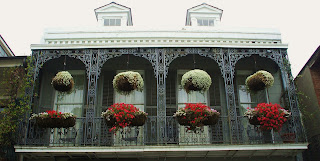
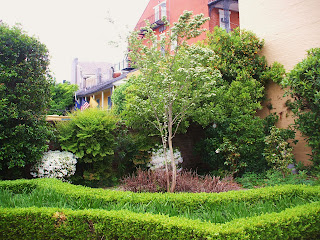
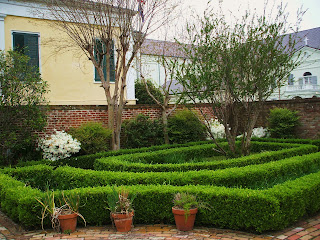



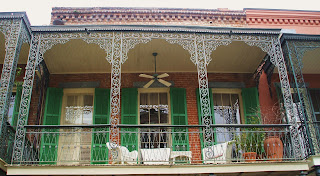










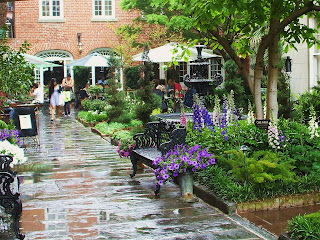










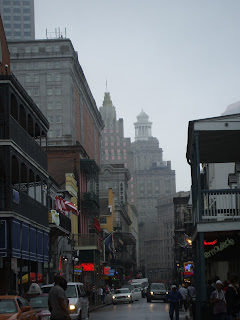


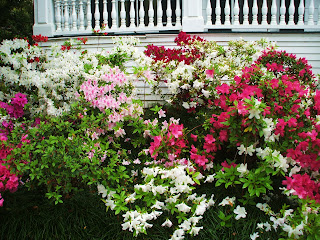



No comments:
Post a Comment